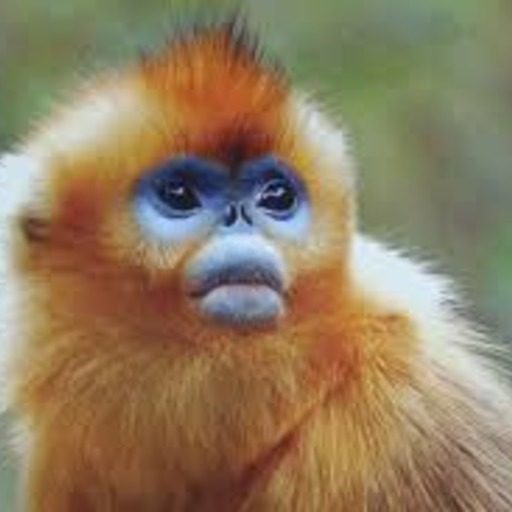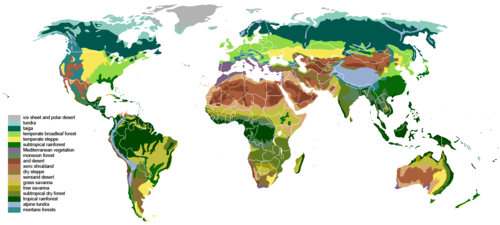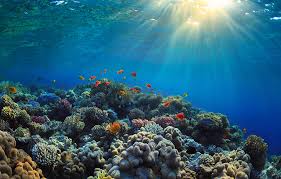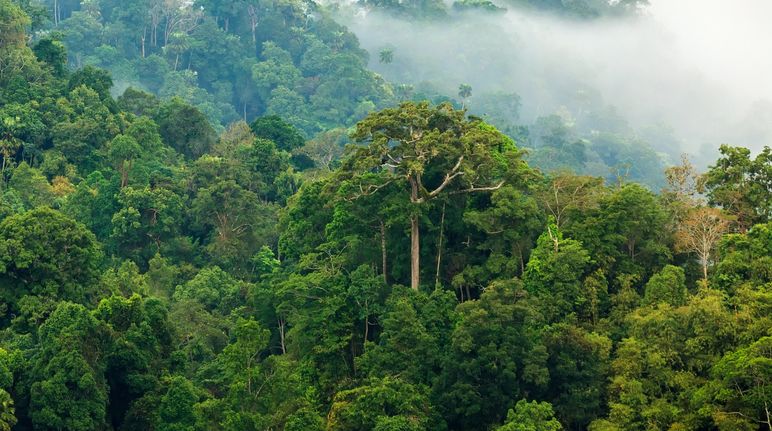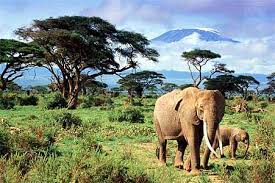Updated on February 10, 2020
Dinosaurs
Dinosaurs
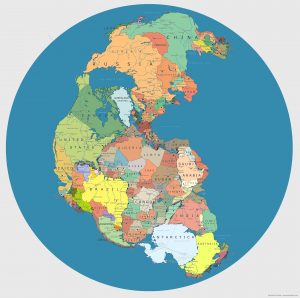
Pangea
The dinosaurs appeared about 245 million years ago during Triassic Period when most of Earth's landmasses were still joined together as the super continent Over million of years Pangea split apart into Laurasia and Gondwanaland, causing dinosaurs to adapt to specific habitats and diversify, giving rise to many new dinosaur species. According to some estimates, more than 1.000 species of dinosaurs
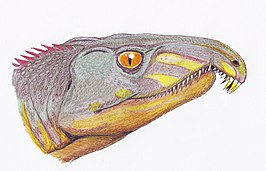
Archosaurus
have roamed the Earth. All dinosaurs descended from reptiles called Archosaurus,
from which dinosaurs branched out two major groups, Saurichia and Ornithiscia. They separated based on the shape and orientation of their pelvis. We don't know what caused them to evolve is big size but we believe that one factor is that they laid eggs which hatched and grew outside the mother's body and the other factor is that their skeletons had air sacks around neck, back and hip, so they could move easily without losing strength.
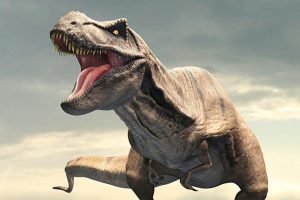
Tyranosaurus Rex
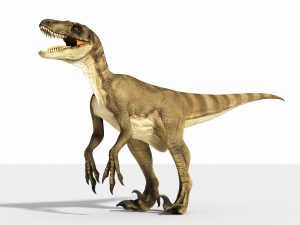
Velisoraptor
The most popular dinosaurs are Plesiosaurus, Velisoraptor, Tyranosaurus Rex, Spinosaurus, Triceratops and Brachiosaurus. But by around 66 million years ago, most dinosaurs died out and the reason why is still a mystery. The most well known explanation is due to an asteroid strike. But a multitude of factors may have contributed to this extinction. In fact, the dinosaur population was already in severe decline by the time the asteroid struck. However, several dinosaur species survived, out of which ones evolved to become today's birds.
How much do you know about dinosaurs? Take this quiz to find out.
Watch the next video to find out more about dinosaurs' extinction.
Updated on October 18, 2019
Endangered animals
ENDANGERED ANIMALS
- What is an endangered animal ?
- What do they risk of ?
- Where do they live and how they survive ?
- Which animals are endangered ?
If you want the answers to these questions you should read the next presentation.
Updated on September 6, 2019
ANIMAL CAMOUFLAGE
ANIMAL CAMOUFLAGE
All animals on our planet have the same goal which is to survive. In order to survive they need to develop some skills which can provide them with food, water and shelter. They also need skills to hide from predators and hunt down other animals to feed. In addition, they have to survive specific, sometimes extreme, weather conditions of their habitat.
One of these skills they develop is ‘camouflage’. A lot of animals use a kind of a camouflage many times in a day for different reasons, which are to hunt down their prey and hide from their predators.
Read the next presentation to find out some kinds of camouflage
Posted on June 8, 2019
WEIRD ANIMALS
All animals differ with each other but some of them are weird, indeed.
Weird animals have got a strange and sometimes creepy appearance and unique characteristics that even animals of the same group haven’t got. You can’t find them everywhere.
Actually, they live in certain places of the world, some of them in the deep ocean, some others in the desert or in the jungle, etc. Another thing about them is that some of them are in danger of extinction and for that they are protected species.
Watch the next presentation to find out more about some of the most weird animals on the planet!
Updated on September 6, 2019
VERTEBRATES VS INVERTEBRATES
VERTEBRATES VS. INVERTEBRATES
All animals on our planet are classified into two basic categories, vertebrates and invertebrates. Vertebrate animals are those which have got a backbone or a spine whereas invertebrate animals haven’t got a backbone or a spine and they are cold-blooded. Most animals on our planet are invertebrates. In fact, ninety five per cent (95%) of animal population are included in invertebrates.
VERTEBRATES
There are five sub- categories in vertebrates; fish, mammals, amphibians, birds and reptiles.
INVERTEBRATES
There are six sub- categories in invertebrates; arthropods, mollusks, worms, cnidarians, sponges, and echinoderms.
Read the next presentation to find out more.
STRANGE FACTS ABOUT INVERTEBRATES
Invertebrates have got two things in common. They haven’t got backbone and they are cold-blooded, which means they can’t control their own temperature.
How much do you know about invertebrates? Take this quiz to find out.
Posted on June 8, 2019
ABOUT THIS BLOG
Are you interested in animals just like me? How much do you really know about them?
In this blog we will learn about:
- Vertebrates-Invertebrates (the two categories that the animals are classified)
- Weird animals (their strange appearance, unique characteristics and origin)
- Animal Camouflage
- Natural Habitats

